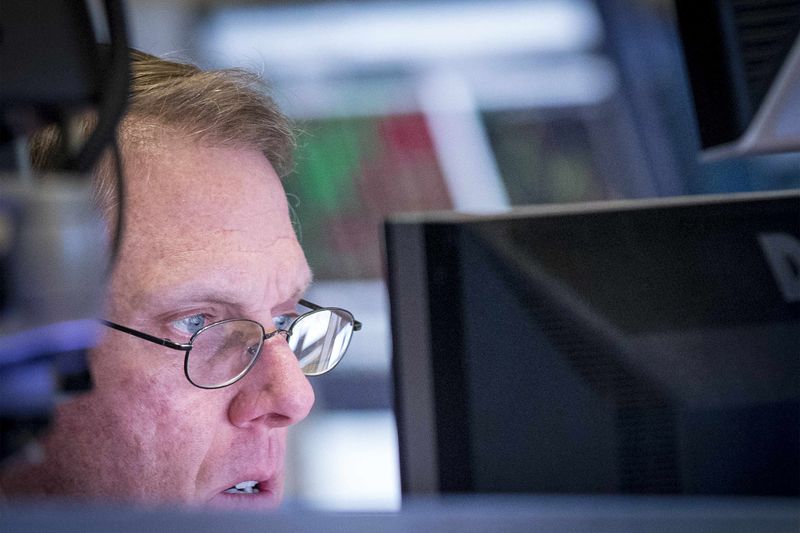These are tough times for dividend investors. A string of FTSE 100 companies have now cut their payouts, including easyJet (LON:EZJ), SSE (LON:SSE), Marks & Spencer and Vodafone (LON:VOD), plus FTSE 250 member Royal Mail (LON:RMG).
Don’t despair, the FTSE 100 as a whole still yields 4.5% but this is still a worrying trend, especially if you hold stocks where the payout might now be in peril. Here are three signs your dividend might be in for the chop.
1. Cover is thin Probably the most common way of checking whether a dividend is safe is to look at how well it is covered by earnings. You calculate cover by dividing forecast earnings per share by the forecast dividend per share, with the ideal result being 2.0 or above. That gives plenty of protection in case earnings fall.
Anything below that starts to look worrying, and if cover falls below 1.0 the dividend isn’t fully covered, which means the company will have to borrow to fund the shortfall. Either that or cut it.
Russ Mould, investment director at AJ Bell, says real estate investment trusts are an exception, as they are obliged to pay out 90% of their earnings to maintain their tax status. “Other companies that can let cover fall below 1.0 include those with fabulous free cash flow, a strong balance sheet, and stable demand, which really means utilities and consumer staples.”
In the year to 31 March, Vodafone’s forecast EPS was 9.9p and the dividend 12p, giving cover of 0.76. That pretty much explains why its dividend was recently cut by 40%. Cover across the FTSE 100 has fallen to 1.7, worrying but not disastrous.
2. Cash flows are weak When it comes to funding dividends, cash is king. If the cash does not flow, the company cannot fund its payouts. Look out for cash flow from operations, also called operating cash, then subtract capital expenditure. If free cash flow cover exceeds 2.0 that’s a good sign.
Otherwise use your common sense. If the dividend is hitting dizzying levels (and some stocks on the FTSE 100 yield as much as 10% these days), it’s time to be cautious. At that level, management can halve the payout and still offer an attractive yield, increasing the temptation to do so.
3. It has a hole in its pension fund Companies that run a big pension deficit while rewarding shareholders with generous dividends and share buybacks are coming under increasing regulatory pressure. FTSE 100 companies currently pay around £90bn in shareholder dividends against just £13bn in pension contributions. The discrepancy has been increasing due to higher dividend payments, rather than a drop in pension payments, according to the 2019 LCP Accounting for Pensions report.
It warned that impending accounting standards changes could hit FTSE 100 pension schemes by up to £100bn, twice that previously predicted.
Investors will have seen how the pension deficit has hung over BT Group (LON:BT) for years, ending last year at £5bn. That’s only one reason why it may soon follow Vodafone and scorch its dividend.
Don’t get carried away by a high yield – check it’s built to last.
Harvey Jones has no position in any of the shares mentioned. The Motley Fool UK has no position in any of the shares mentioned. Views expressed on the companies mentioned in this article are those of the writer and therefore may differ from the official recommendations we make in our subscription services such as Share Advisor, Hidden Winners and Pro. Here at The Motley Fool we believe that considering a diverse range of insights makes us better investors.
Motley Fool UK 2019
